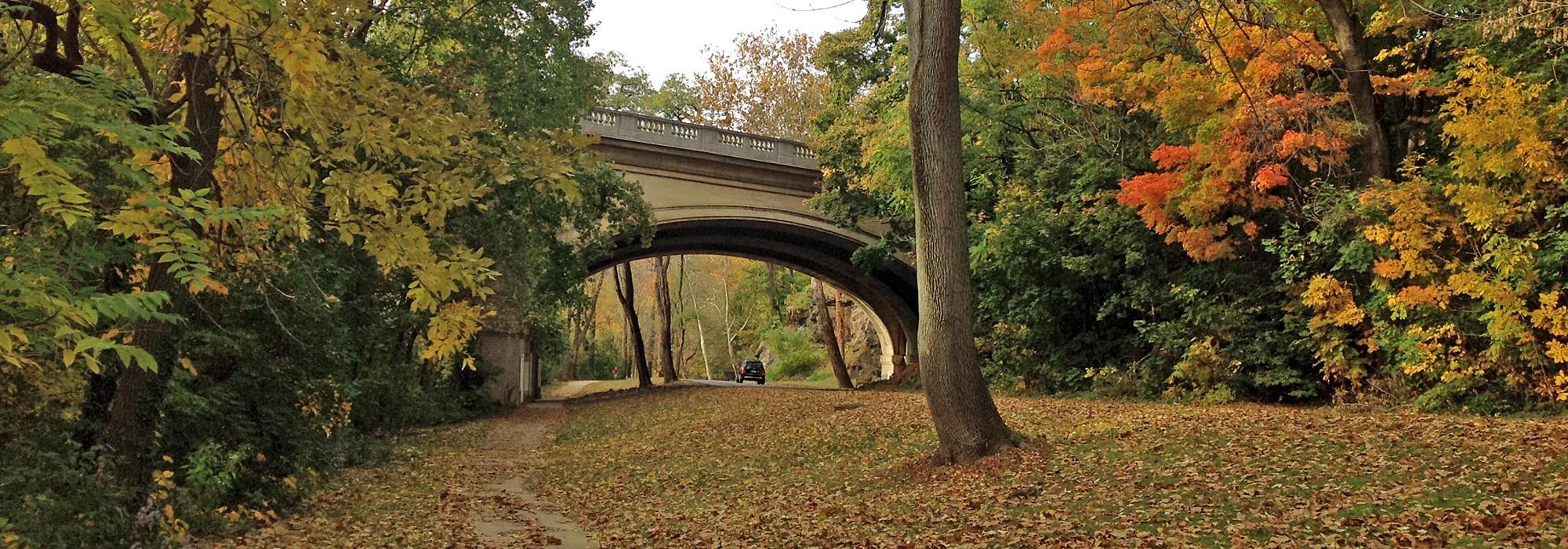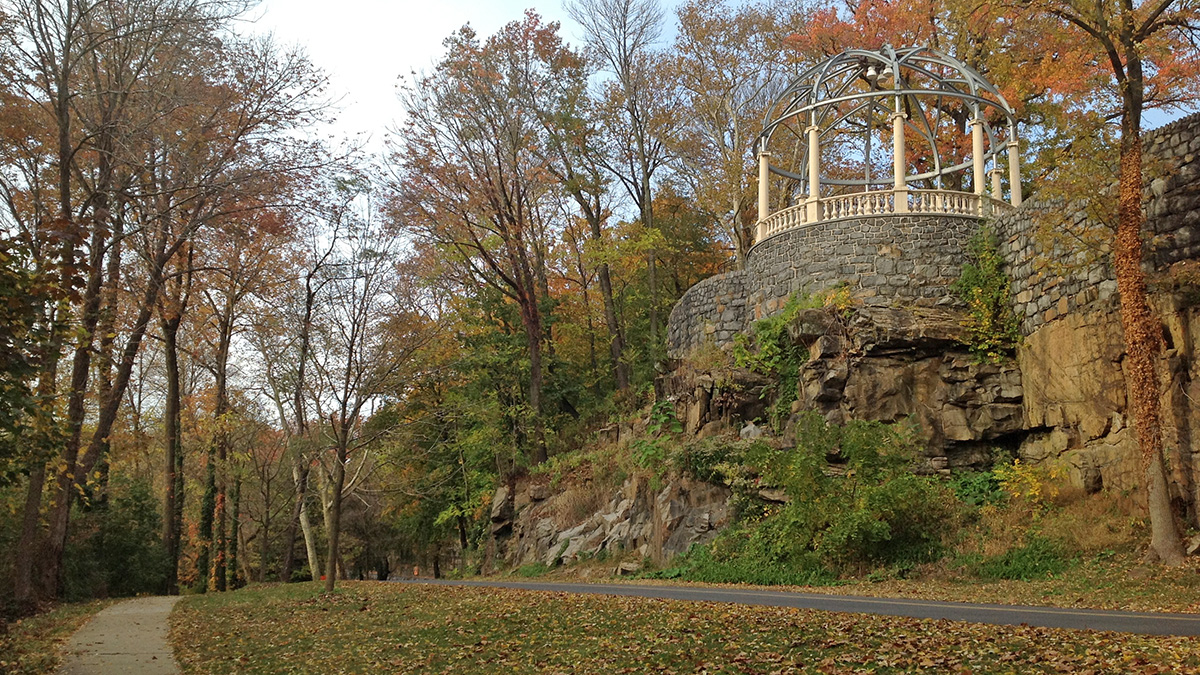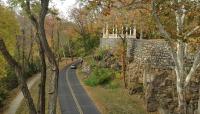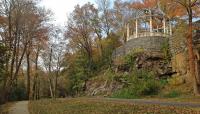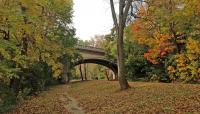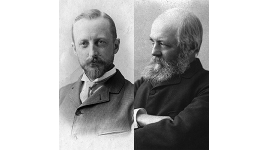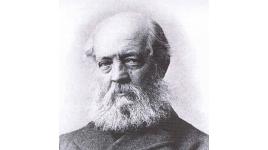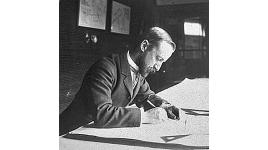Landscape Information
While long appreciated as a natural resource for the city, protection for the scenic banks of Brandywine Creek was slow to take hold. In 1883, with development pressure facing the city’s remaining undeveloped land, the Wilmington Board of Park Commissioners was established, and the Olmsted firm was hired to evaluate the city’s potential public lands. They affirmed the site’s potential as a park, and the park commission followed the firm’s recommendations, acquiring 115 acres beginning in 1886. Continued acquisitions in the 1900s expanded the park to over 178 acres, and the Brandywine Zoo was established in 1905. Development of the park continued throughout this period, with the addition of monuments, gardens, and other features. Later in the century, an overpass for Interstate 95 was constructed through the park, its road deck and arched supports framing views along the river and the park’s major circulation routes.
Samuel Canby, the first president of the park commission, consulted with Frederick Law Olmsted Sr. as he developed the park’s original scheme, and his plan reflects the latter’s design principles. Park drives and pedestrian ways follow the contours of the creek. A historical mill race, reflective of the city’s industrial heritage, runs along the south bank, paralleled by a walking trail. Its calm waters provide visual contrast to the rocky shoals of the creek itself. Framing the creek are wooded hillsides, where native vegetation has been preserved. Playfields and other active recreational spaces occupy the uplands on the northern edge of the park, their open greens in contrast with the residences and other buildings that form a well-defined street wall around the park. Brandywine Park was listed in the National Register of Historic Places in 1976.



